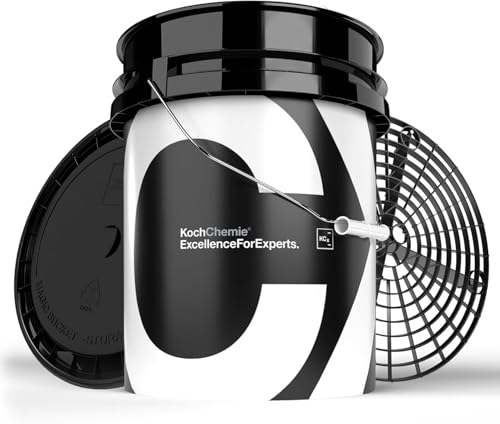


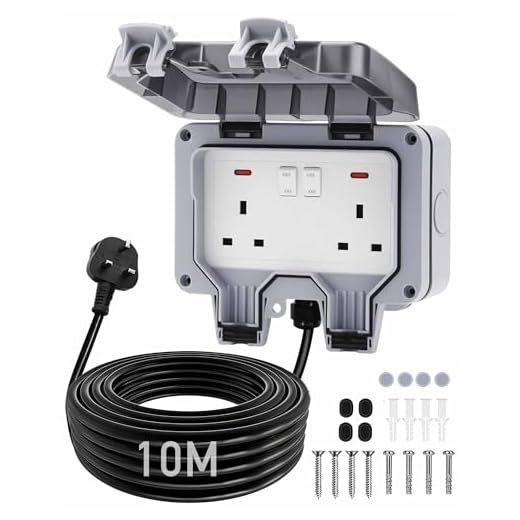
First, check the water supply. Lack of consistent water flow can lead to performance issues. Ensure your hose is free from kinks and that the water source is fully opened. If the hose is damaged or leaking, replacing it could solve the problem.
Next, examine the nozzle. Clogs can hinder water pressure and spray pattern. To clean the nozzle, remove it from the wand and use a pin to clear any debris. Rinse it thoroughly and reattach it to ensure optimal function.
Investigate the motor. If the device is making unusual noises or not operating at all, inspect the power cord for damage. A faulty outlet may also be the culprit, so try plugging it into a different socket to eliminate that possibility.
Lastly, consider the detergent. Some formulas are too thick or not compatible with your unit, leading to operational issues. Always use the recommended cleaning solutions, and ensure you dilute them as needed.
Common signs of malfunction
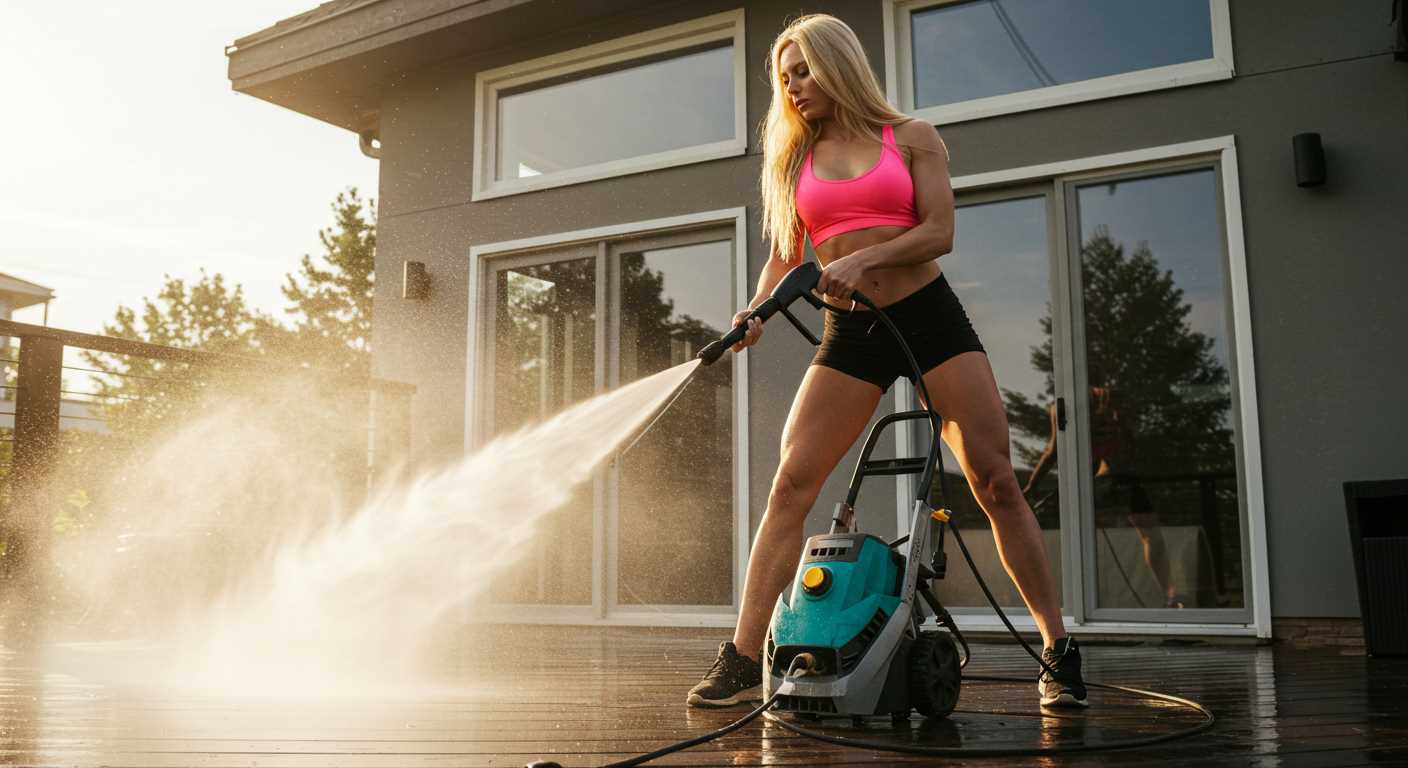
Observing inconsistent spray patterns is often a clear indication of an underlying issue. Whether it’s a narrow stream or a dilapidated fan spray, this inconsistency could stem from a clogged nozzle or deterioration in the hose. Regular examination and cleaning of these components can rectify the problem.
Unusual noise levels
If the machine produces loud or abnormal sounds, this can signal mechanical failure. Pay special attention to any grinding sounds, which may indicate worn-out bearings or other internal components. Addressing mechanical wear quickly can prevent more extensive damage.
Pressure fluctuations
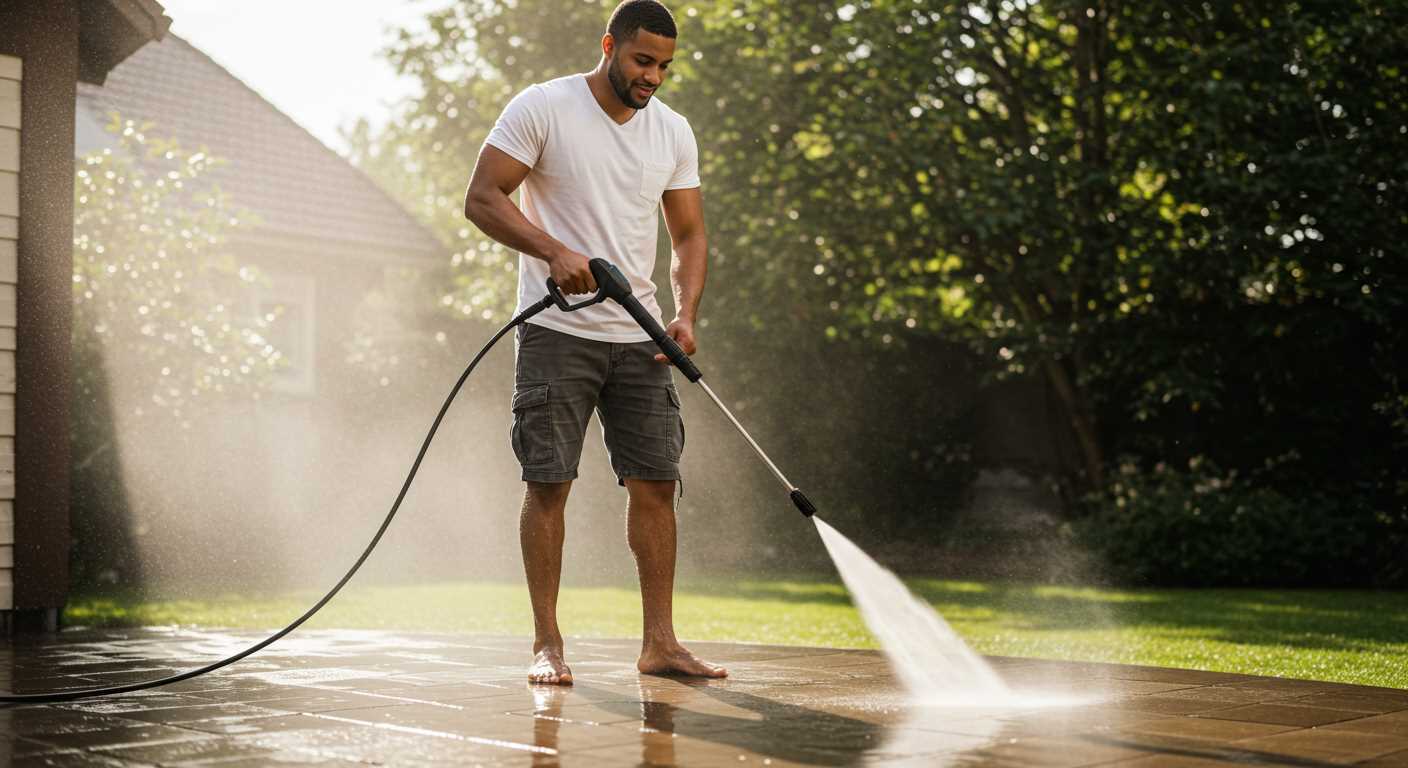
Variability in output pressure can hinder performance significantly. A sudden increase or decrease in force often results from air infiltrating the system or issues within the pump itself. Bleeding the system and checking for leaks can often resolve this problem, ensuring consistent operation.
Checking the Power Supply and Connections
Ensure there is a reliable power source connected to your unit. Use a multimeter to verify voltage at the outlet. If the reading is low, this could lead to insufficient performance. Check other appliances in the same area to confirm the outlet is functioning correctly.
Inspect the power cord for visible damage or wear. Look for frays, cuts, or bent prongs; these issues can lead to power interruptions. If you find any damage, replace the cord immediately. A damaged power supply can compromise the equipment’s functionality.
Examine the connections between the cord and the unit. Make sure they are secure and free from debris. Loose connections can disrupt the flow of electricity, leading to erratic operation. Clean any dirty contacts to improve connectivity.
If your equipment has a reset button, press it to see if it resolves the issue. Check the circuit breaker; tripped breakers will stop power delivery. Reset any tripped breakers and see if that restores normal operation.
Lastly, if using an extension cord, confirm it is rated for your equipment’s power requirements. Using an undersized cord can result in voltage drop and diminished functionality. Stick with heavy-duty cords to ensure optimal current flow.
Diagnosing Issues with the Water Supply

Check the water source. Ensure the supply is adequate, with sufficient pressure and flow. A simple verification is to assess whether water can flow freely from a hose or tap without obstruction. Any delay or reduced volume indicates a problem.
Inspecting Hoses and Connections
Examine hoses for kinks, cuts, or blockages. Any obstruction can hinder the water flow drastically. Ensure all connections are secure and tight. Leaks at various points can create significant issues. Replace any damaged hoses immediately.
Testing the Water Inlet Filter
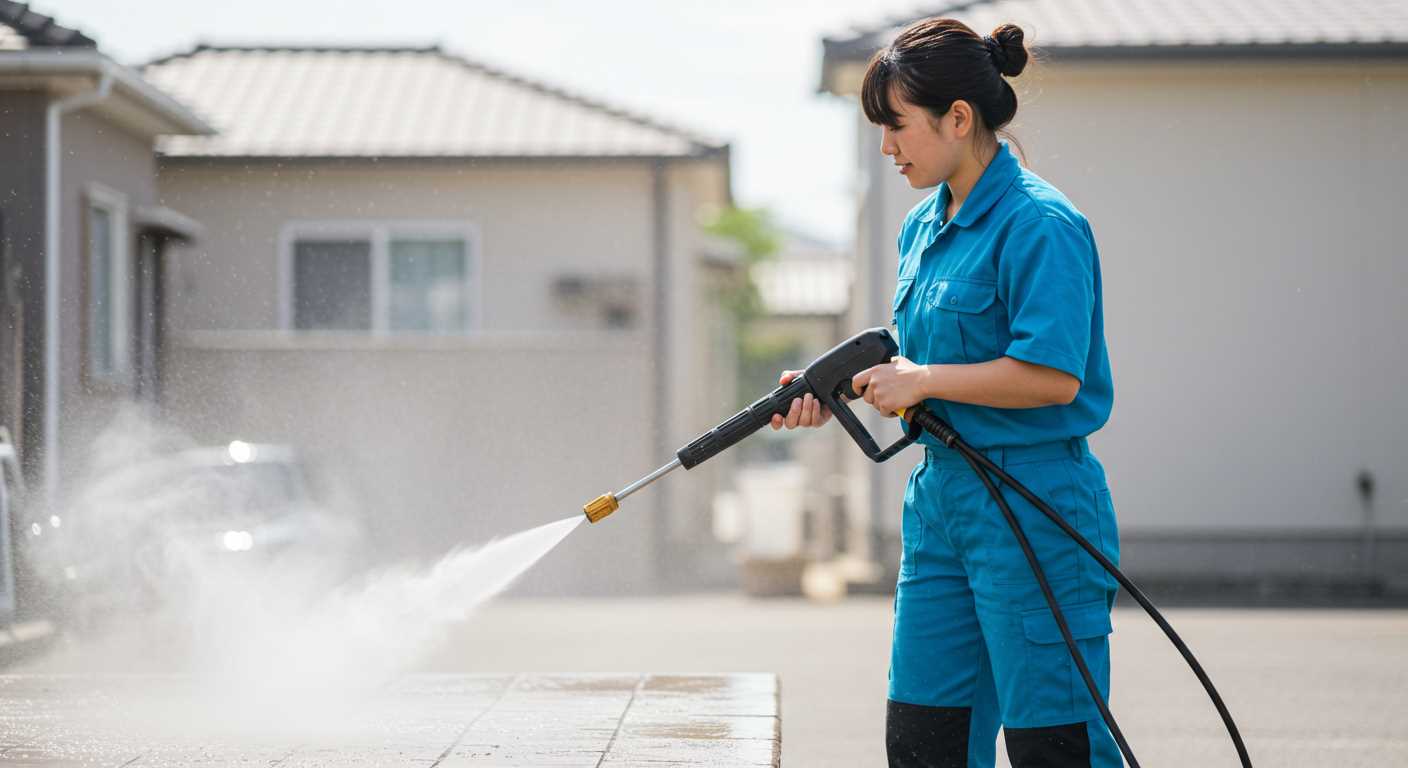
The inlet filter traps debris to prevent damage. Inspect and clean this filter regularly. Often, if it’s clogged, the water flow suffers. To clean, remove the filter, rinse under water, and replace once dry. This maintenance step can resolve flow-related issues swiftly.
| Issue | Potential Cause | Solution |
|---|---|---|
| Poor water flow | Kinked hose | Straighten or replace hose |
| Weak spray | Clogged inlet filter | Clean or replace filter |
| No water output | Disconnected hose | Check all connections |
| Water leakage | Damaged hose or fitting | Repair or replace damaged parts |
By following these simple checks, I often found that I could restore functionality and avoid potential issues down the line. Conduct routine inspections to maintain optimal performance and enjoy hassle-free operation.
Inspecting the Pressure Washer Pump for Damage
If you’re encountering issues with your cleaning unit, the pump could be the culprit. Begin by visually inspecting the pump for any cracks, leaks, or deformities. Look for water stains around the base, indicating potential leaks that compromise performance.
Next, check the inlet and outlet connections of the pump. Ensure they’re secure and not clogged. A clogged inlet can prevent the necessary flow of water. Clear any debris or blockages you discover, as this might resolve your troubles.
Pay attention to the sound the pump makes during operation. Unusual noises, such as grinding or rattling, often signal internal damage. If you hear such sounds, you may need to disassemble the pump for a closer examination.
Inspect the internal components, particularly the pistons and seals. Signs of wear or erosion here can reduce efficiency. Replace any damaged components, as neglecting them can lead to further issues down the line.
Lastly, ensure that the pump’s pressure settings are correct. If they are too low or too high, it could cause performance problems. Consult the manufacturer’s specifications for the appropriate settings. Adjust as needed to restore functionality.
Identifying Problems with Nozzles and Hoses
Examine the nozzle and hoses first if challenges arise with the equipment’s performance. Blockages and leaks can severely impede efficiency.
Common Nozzle Issues
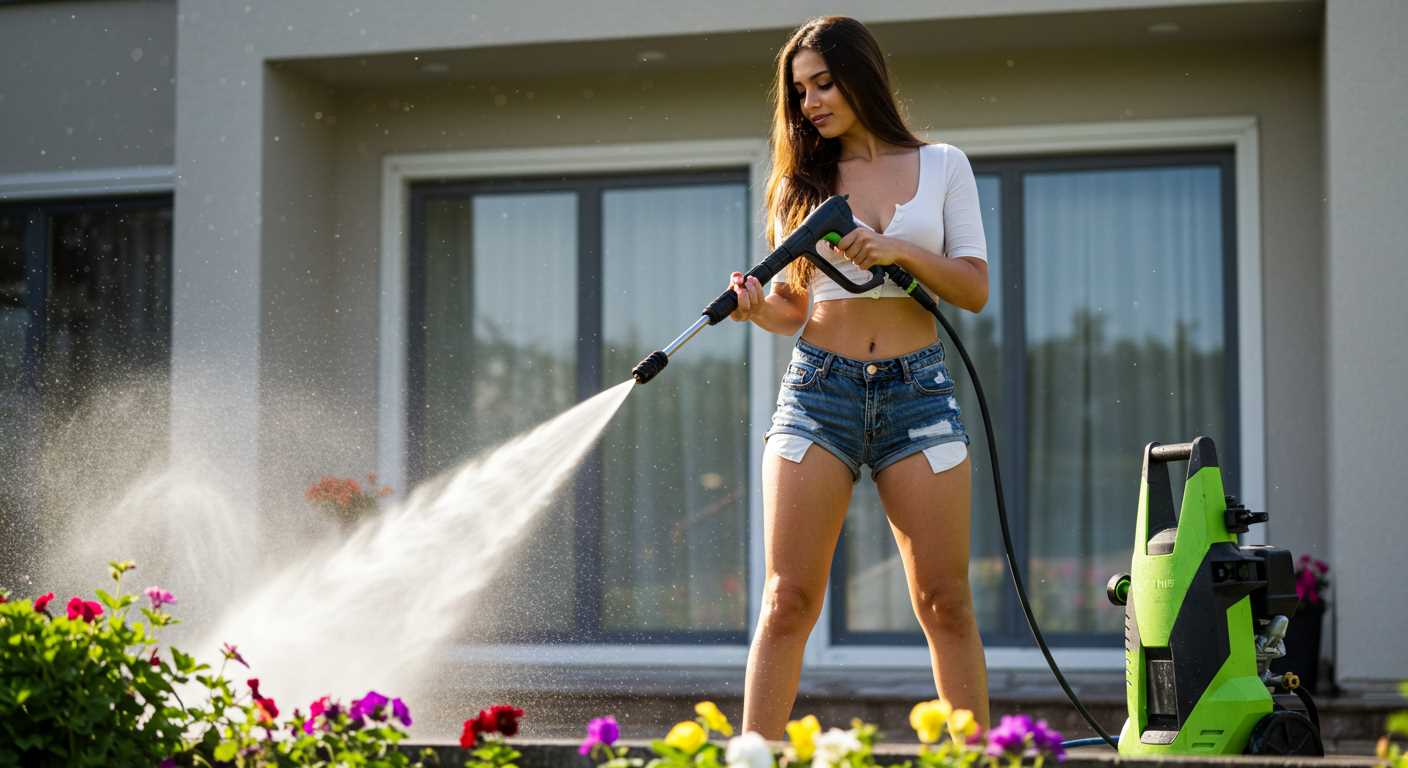
- Clogged Nozzle: Inspect for debris or mineral build-up. Clean the nozzle with a pin or needle, ensuring it is free from obstructions to restore flow.
- Nozzle Type: Verify you are using the correct nozzle for your task. An inappropriate nozzle can greatly affect pressure and coverage.
- Worn Out Nozzle: If the nozzle shows signs of wear, such as cracks or severe corrosion, consider replacing it to achieve optimal results.
Hose Considerations
- Check for Kinks: Ensure that the hose is straight and free from kinks or tight bends that could obstruct water flow. Lay it out flat before starting.
- Inspect for Leaks: Look for signs of water escaping along the length of the hose. A damaged hose will need to be repaired or replaced immediately.
- Connections: Ensure that all fittings and connectors are tight. Loose connections can lead to pressure loss and inefficient operation.
Regular maintenance of nozzles and hoses is vital. Keep them clean and inspect regularly to prevent future complications. If issues persist, further investigation into other components may be necessary.
Troubleshooting electrical components and switches
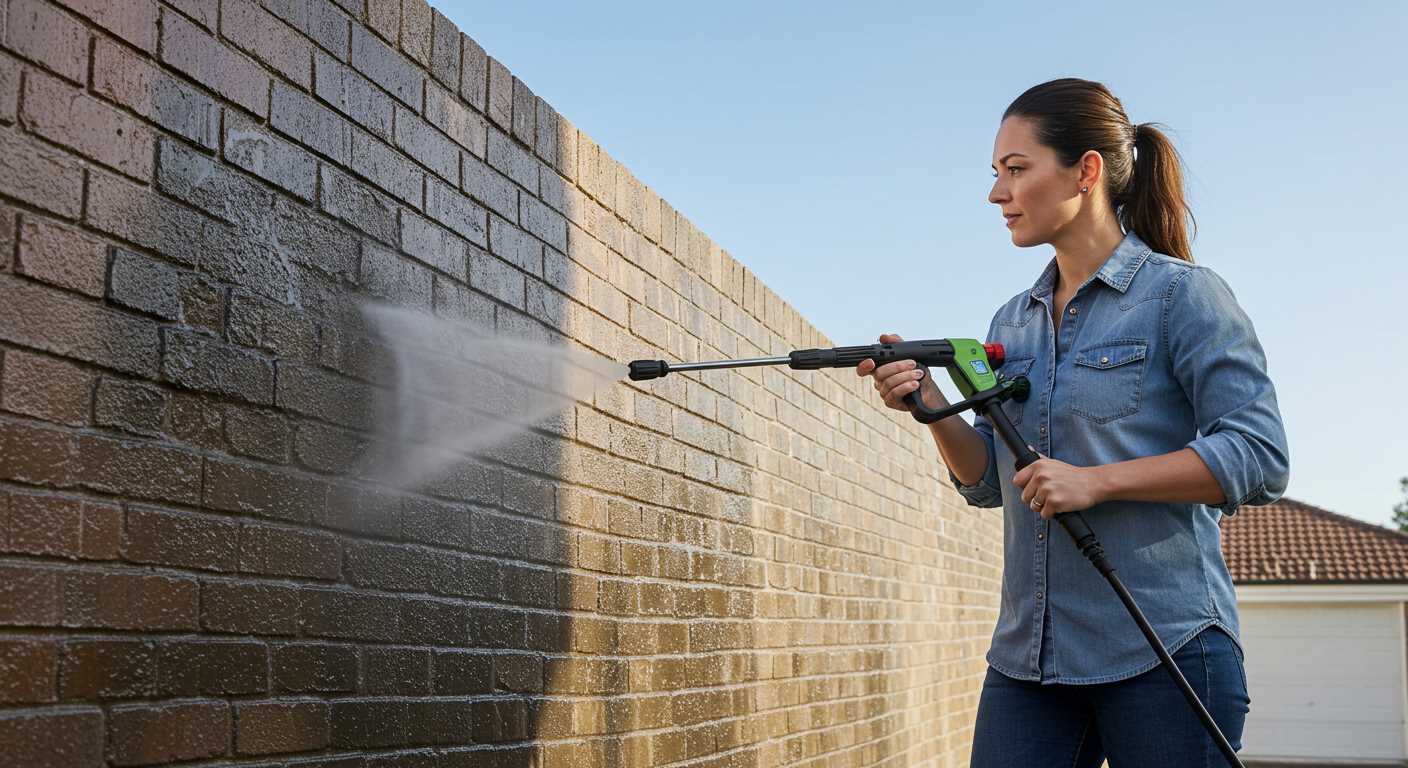
Check the power switch for functionality. A malfunctioning switch can cause intermittent issues or total failure. If there’s no response when toggling, remove the casing and inspect for loose connections or signs of wear.
Testing and replacing fuses
Inspect fuses for breaks or discoloration. A blown fuse is a common culprit for electrical problems. If necessary, replace it with one of the same rating. Use a multimeter to confirm continuity before assuming the fuse is the issue.
Examining wiring and connections
Look for frayed wires or corrosion at connection points. Damaged wiring can disrupt electrical flow, leading to inconsistent performance. Ensure all connectors are tight and free from any debris that may impede the connection.
Finally, consider testing the motor. If the motor doesn’t engage, it may require replacement or professional servicing. Always ensure safety precautions are in place when handling electrical components.
FAQ:
What could be causing my pressure washer to lose pressure?
There are several reasons why your pressure washer might be experiencing a loss of pressure. One common issue is a clogged nozzle, which can restrict the flow of water. Additionally, check for any leaks in the hoses or connections, as these can significantly affect pressure. Dirty filters or low water supply can also lead to decreased performance. Regular maintenance, like cleaning filters and checking hoses, can help prevent these problems.
Why does my pressure washer stop working after a short period of use?
If your pressure washer shuts down unexpectedly, it could be due to overheating. Many models have built-in thermal protection that turns off the machine to prevent damage. This can happen if you’re using it continuously for too long or if the water supply is insufficient. Ensure that you allow your machine to cool down after extended use and check for any blockages that might be restricting water flow.
What should I do if my pressure washer won’t start at all?
If your pressure washer isn’t starting, first ensure that it’s connected to a power source, and if it’s gas-powered, check that there’s fuel in the tank. Also, inspect the power cord for any damage. For electric models, make sure the outlet is working by testing it with another device. If everything checks out but it still won’t start, there might be an issue with the internal components, which could require professional inspection.
Why is my pressure washer spitting water instead of producing a steady stream?
A pressure washer that spits water instead of delivering a smooth, continuous flow could be suffering from air in the line. This can happen if the unit hasn’t been properly primed. To resolve this, you can try running the washer and allowing it to expel any air until a steady stream flows. Additionally, check for any trapped debris in the nozzle or a blocked filter that may be affecting performance.
What maintenance steps should I take to ensure my pressure washer works properly?
To keep your pressure washer in good working condition, regular maintenance is important. Start by cleaning the water inlet filter and nozzle after each use to prevent clogs. Additionally, check hoses for wear and replace any that appear damaged. Seasonal maintenance should also include checking the oil level and changing it if necessary, especially for gas machines. Always refer to the manufacturer’s manual for specific instructions regarding your model.


